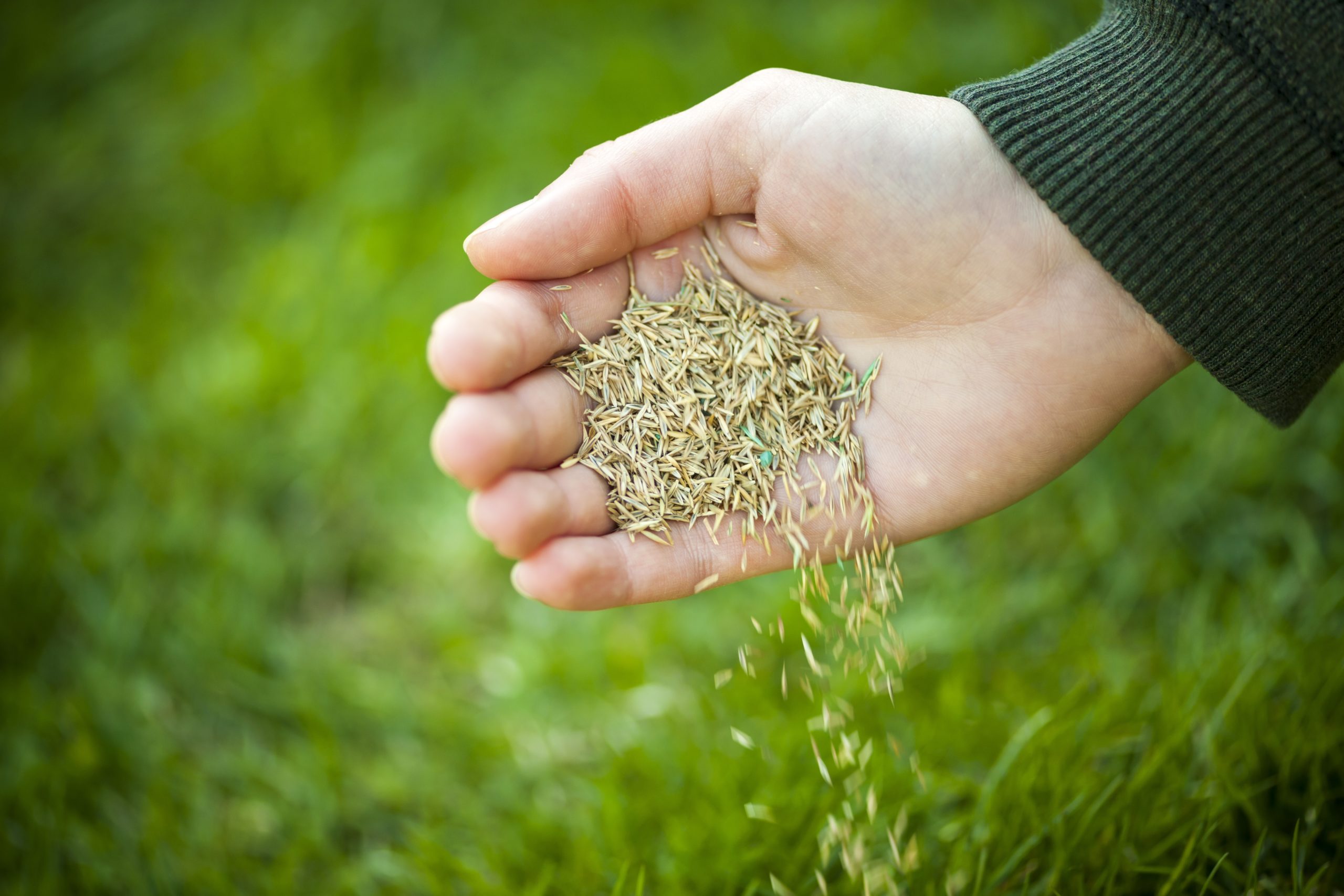Even the most meticulous lawns will occasionally develop bare spots. It’s important to know why and what to do if you find these spots appearing in your lawn.
It’s important to be able to diagnose these spots so that you know how to best treat them when you find them. Some spots can appear and there’s not a whole lot we can do about it. For instance, unless you catch a neighbor’s dog, cat, or other wild animal urinating on your lawn there’s not much you can do about it.
It would be nice if that was the only cause we had to deal with. The truth is, there are actually many different causes and the treatment varies.
Fertilizer Burn
Fertilizer contains Nitrogen, which can potentially burn out your vegetation. This will be the case if you inadvertently spill or apply too much in one area. The solution here is to quickly apply water in an attempt to wash away the nitrogen and prevent it from burning your lawn.
Salt Burn
If you’ve had a particularly cold winter, or you live in a northern area where snow and ice are the norm, the substances applied to roadways to prevent dangerous conditions will absolutely damage a lawn. The hopes here are that since the grass lies dormant during this time, it will be able to repair itself in the spring. If it doesn’t, you will most likely need to re-seed the area.
Grubs/Pests Below Surface
Grubs are the larva stage of many different types of beetles. An infestation will result in the grubs devouring the roots of your grass. Ultimately, if the grubs are causing dead spots, your lawn is unable to fend off the amount that has accumulated below its surface and you will have to intervene.
The grass is able to fend off a grub infestation, to a certain extent, and once conditions are beyond that you’ll notice the dead spots. The best thing to do is address the grub infestation and re-seed the bare, dead spots or re-sod the areas.
Fungal Infections
That’s right, a lawn, just like Uncle Ted’s toes, can develop a fungal infection. The fungal infection on your lawn will manifest as a fine white webbing covering and killing the grass. These are common and usually brought on by temporary environmental circumstances.
Normal lawn care procedures such as watering and mowing should alleviate these fungal infections requiring no further treatment. Should the issue persist, consult your landscaping company. These solutions should not be invoked on an attempt to get rid of Uncle Ted’s toe fungi.
Chemical Spills
In this case, mother nature gets the day off and it’s our turn to see what we can screw up. In all seriousness, just like the fertilizer burn, a momentary lapse in attention or a misread instruction set can lead us to spill one chemical or another and damage the lawn.
Even some lawn-safe chemicals can damage grass if you spill the concentrated formula directly on the grass. Prevention is the solution here, be careful with any type of chemical near your lawn and try to do your mixing and refueling on the sidewalk or patio area if one is available.
Other Causes
Dead or bare spots can be caused by a period of particularly heavy traffic in one area and improper sprinkler placement leading to over or under watering. Maybe after you planted a particular area, the grass seed was washed away the first time you watered or some birds advantageously took the opportunity to have a small feast on your dime.
The list can go on and on and might not ever include what particularly happened in your yard as most plants are very vulnerable to just about everything else, especially before they’ve been established. Sometimes the culprit is long gone and the most appropriate thing to do is move forward, having no problem to diagnose or find a solution to.
Repairing A Bare or Dead Spot
No matter the cause of your unsightly yard blemish, here is the process of reseeding the area and is the final steps in handling all the above mentioned problems:
- Using a rake or a tiller in a big bare spot, break up the soil and remove any rocks.
- Spread seed throughout the bare area according to package instructions
- Cover the area with potting soil, approximately 3X the amount of seed used.
- Water the area gently until the ground is saturated, being careful to avoid puddling.
- Continue to saturate the area daily until the grass is approximately 2-3” tall
- Avoid mowing until the grass has been established.
Learn more about Over-Seeding here.
Final Thoughts
Taking the time to give your grass a hand can make the difference in your lawn reflecting poorly on you as a negligent home-owner or proudly declaring you as the king of the neighborhood with your beautiful, lush, envious lawn. Details require attention and details ultimately add up to the bigger picture, so take the time to follow those easy steps and finish out the summer as the king of your castle and your lawn!
